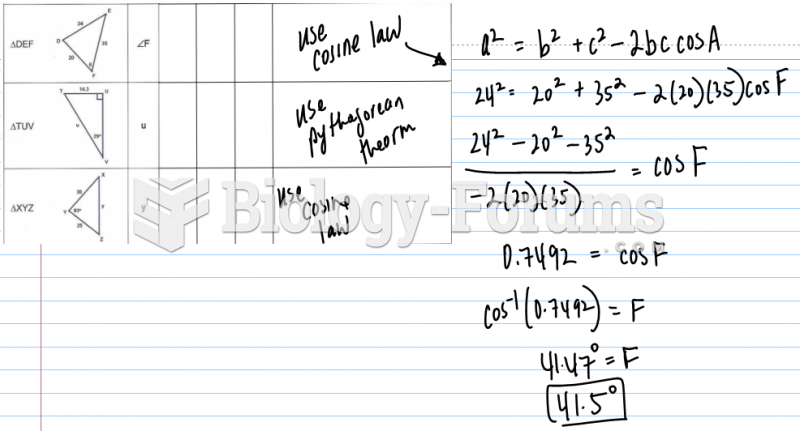Answer to Question 1
According to Brown, Ryan, and Creswell (2007a, p. 272), mindfulness is essentially about waking up to what the present moment offers.. Another definition suggested by Siegel (2010, p. 27) says that mindfulness is awareness of present experience with acceptance.. Definitions of mindfulness differ somewhat depending on the perspective of those doing the defining. This has frustrated some researchers who are grappling with how to measure the dimensions of such a simple yet paradoxically complex construct. As such, a group of eleven researchers put their collective wisdom together to fashion an operational definition (i.e., a definition that can be independently tested or validated) of the term. They reached a consensus that mindfulness involves two components.
The first component involves self-regulation of attention so that it is maintained on immediate experience, thereby, allowing for increased recognition of mental events in the present moment. The second component involves adopting a particular orientation toward one's experiences in the present moment, an orientation that is characterized by curiosity, openness, and acceptance.. (Bishop et al., 2004, p.230)
Answer to Question 2
As described by Kristeller (2007, p. 393), the non-concentrative form of meditation known as mindfulness meditation may utilize any object of attention-whether an emotion, a breath, a physical feeling, an image, or an external object-such that there is more flexibility in the object of awareness than there is in concentrative meditation and such that the object may shift from moment to moment.. Attention is kept broader along a continuum of stimuli, and there is no judgment or analysis of one's stream of consciousness during meditation. Practitioners are encouraged to adopt a detached observer style during meditation. This form of meditation has its roots in Buddhist traditions of Japan, Thailand, Burma, Tibet, Vietnam, Korea, and China.







